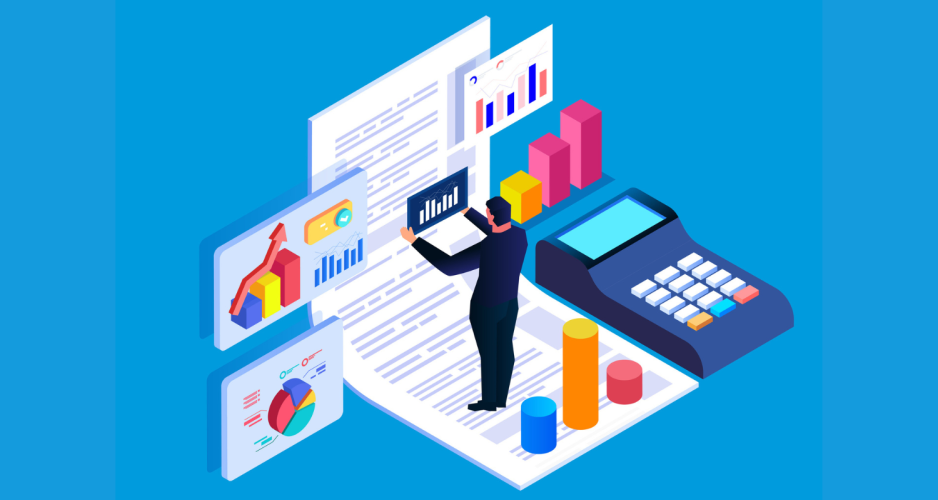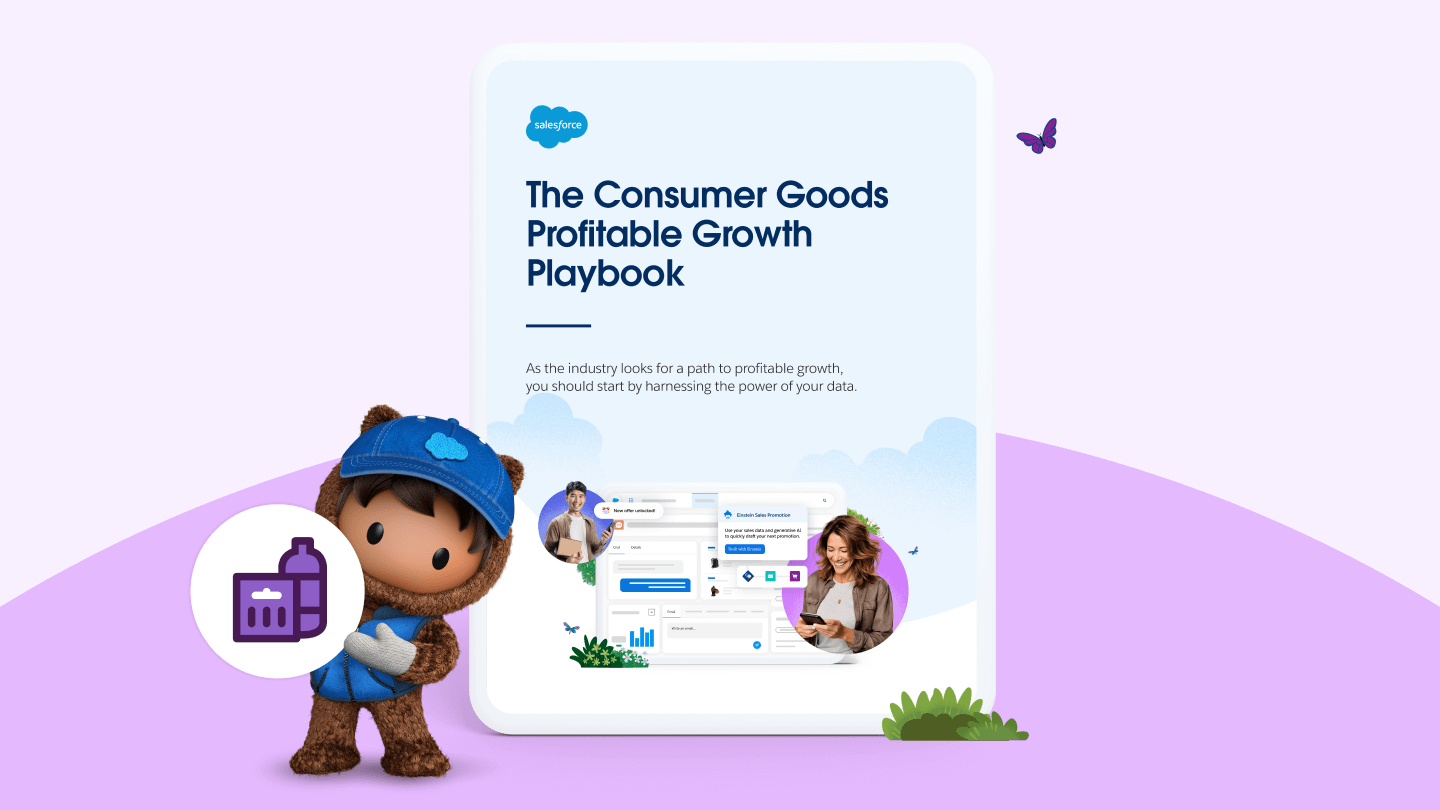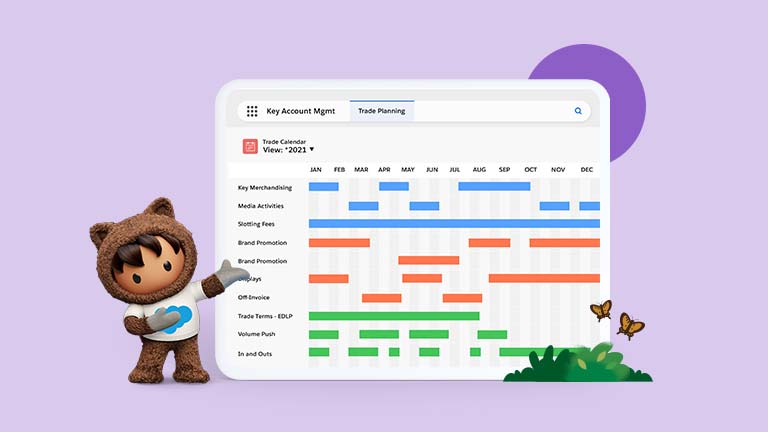What Is Key Account Management — and How Does It Help You Grow?

From building trust to optimizing promotions, key account management is the foundation for building and growing your brand.
In today’s highly competitive consumer goods (CG) industry, success often hinges on the strength of your relationships with key accounts. Effective key account management isn’t just a tactic, it’s a vital strategy for achieving profitable growth. But what sets your key account managers (KAMs) apart from your competitors’?
From building trust and fostering deep, meaningful relationships with your most valued customers to seizing new opportunities to elevate your brand, effective key account management lays the foundation for sustained success.
What you’ll learn in this blog:
- Beyond sales: What is a key account manager?
- Why is key account management important to consumer goods?
- Best practices for key account management in consumer goods
- Using key account management to drive growth
Beyond sales: What is a key account manager?
While key account managers work collaboratively with sales teams, their objectives are different. Consumer goods sales teams are responsible for driving growth of their accounts. Traditional sales managers focus on pipeline management and account planning while field representatives ensure successful in-store execution and stock replenishment.
Key account managers, on the other hand, take a more holistic, individualized approach. They dig deep into understanding the needs of stakeholders, their departments, and shoppers at important, typically large, “key” accounts.
In the CG industry, key account managers demonstrate account growth to buyers, which includes how they’ve delivered compared to competing brands. They present an array of strategies — from assortment to pricing and promotions — that seamlessly integrate with existing offerings, fulfill specific shopper needs, and ultimately drive incremental growth.
Unlike sales representatives, whose responsibilities may be confined to specific brands or categories, KAMs oversee the entire account. This becomes even more complex in larger companies selling multiple brands or categories within a single account. To succeed in this role, key account managers must have a talent for project management, strategic planning, and accurate analysis of account trends.
(Back to top.)
Great Key Account Management Starts Here
Why is key account management important to consumer goods?
Effective CG key account management requires an approach that recognizes the value of existing relationships. New business from key accounts is 60% – 70% more likely to close compared to the 5% – 20% likelihood of closing a deal with a new client. The growth of the business depends on the KAMs’ ability to continually grow a company’s existing relationships.
Staying adaptable is essential. Markets shift, consumer preferences evolve, and competitors emerge. So key account managers must continuously refine their approach based on market insights and feedback. This requires a commitment to ongoing learning and a willingness to adjust strategies in response to changing conditions.
There are tools that can help — tools that use the brand’s data to provide deeper insights and tailored solutions. Ultimately, these tools help KAMs position themselves as trusted advisors rather than salespeople, building stronger relationships and long-term partnerships with customers.
(Back to top.)
Best practices for key account management in consumer goods
Key account managers must take a proactive and flexible approach that uses technology to inform their actions, create value, and set the stage for long-term success. Customer satisfaction and revenue growth are their top priorities. Let’s look at some best practices that help KAMs fuel sustainable growth in the consumer goods industry.
(Back to top.)
Unify your data for optimal planning and forecasting
In the consumer goods industry, data is often siloed. In fact, 53% of consumer goods executives don’t feel they have the right information to plan. Departments like sales, marketing, and finance often operate independently, using different systems and information sources. This can challenge key account managers who rely on cross-functional collaboration to drive account success.
By creating a single source of truth with real-time customer data, such as using a CRM like Consumer Goods Cloud, your team can make informed decisions and plan accurately and effectively for demand, sales, and inventory needs. Analyzing historical data alongside real-time insights allows companies to make more informed predictions about consumer preferences, market trends, and product demand. And everyone has access to the same data and insights, so teams can work together more efficiently.
(Back to top.)
Ditch the spreadsheets: Automate for efficiency
As consumer goods companies grow and expand, the complexity and volume of data also increase. KAMs using offline spreadsheets may struggle to handle the scale of data required for larger operations, leading to performance issues and limitations in functionality. Automation platforms can scale more effectively to accommodate growing data needs and support business growth, while also freeing up 30% of account managers’ hours, allowing them to spend more time with customers.
By working on one platform with built-in automation and intelligence, sales teams can quickly make more strategic recommendations for their customers instead of spending time on manual tasks. Automation enables companies to access up-to-date information instantly, allowing for faster decision-making and more agile responses to market changes.
(Back to top.)
Boost trade promotion effectiveness
Trade promotion plays a pivotal role in driving sales and maximizing ROI. However, the current methods of tracking promotions are often cumbersome and inefficient, leading to billions of dollars in spending going unevaluated. In fact, despite an annual spend of approximately $500 billion on trade promotion, 80% of promotional investment fails to contribute to category growth.
Modern trade promotion management tools can help consumer goods companies enhance their sales performance by aligning promotions with business objectives, market conditions, and consumer preferences. With the ability to manage funds, claims, and payments from the same platform used to plan and launch promotions within the field, KAMs can optimize trade spend to meet their KPIs while finance gets a clear view of their trade fund activity.
(Back to top.)
Grow customer satisfaction and revenue
Customer retention can significantly impact profitability: Existing customers are 50% more likely to try new products and spend 31% more than new customers — underscoring the importance of prioritizing key accounts and investing in strategies that nurture and expand those relationships.
Understanding what’s happening across the business is imperative to providing quick and effective service. KAMs need to be able to quickly open the account details and see commerce, service, and marketing activity in one place. The KAM can then log and resolve any inquiry with confidence, ultimately building trust and satisfaction with the customer. And because this information lives in the platform, it creates a single source of truth for any new KAMs on the account should personnel change.
(Back to top.)
Using key account management to drive growth
Mastering key account management in the consumer goods industry requires a proactive approach, data-driven decision-making, and a focus on customer satisfaction. Equip your KAMs with the tools they need to collaboratively create value and drive success.





























